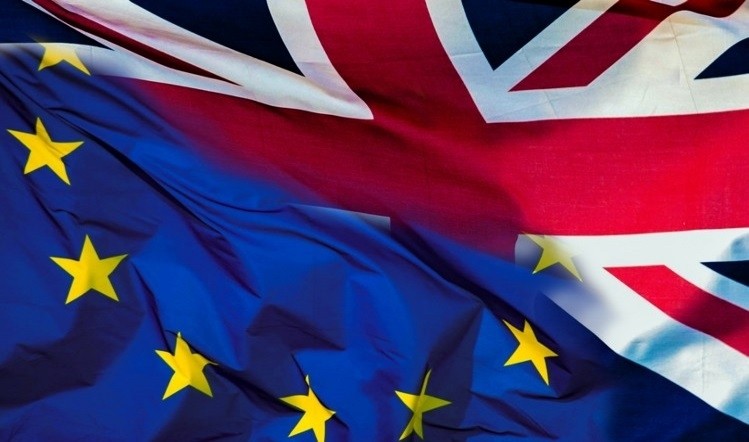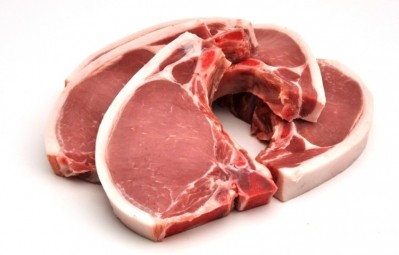February food export stats: note of caution sounded

That’s according to Mark Lynch, partner at corporate finance house Oghma Partners.
Exports of food and live animals to the EU increased by £300m (77.4%) in February 2021 compared to January, according to the Office of National Statistics (ONS). The rise comes after exports were significantly impacted during the previous month, with the ONS report for January having shown a drop in food and animal exports to the EU of £700m (63.6%).
Assessing HMRC data, the ONS also reported an ‘uptick’ in exports of fish and shellfish to the EU in February as exporters adjusted to new regulations following the end of the transition period.
“The partial recovery, also reflected in the near doubling of Export Health Certificates, highlights that the food industry is learning how to cope with the barriers created by Brexit,” said Lynch. “However, for SMEs, the challenges of exporting small quantities of product remain and for the likes of the shellfish and meat industry, the challenges to export seemingly remain systemic.
“Overall it will be interesting to see, as the EU emerges from lockdown later on in Q2, whether demand will pick up for some of the UK’s exported product as this would signal a combined COVID-19 and Brexit impact versus a Brexit only impact, which would provide more encouragement for the sector longer term.”
The latest ONS figures come weeks after a report from the House of Lords EU Environment sub-committee suggesting British food businesses faced ‘outright export bans’ and ‘structural barriers’ to trade due to post-Brexit bureaucracy.
Lynch welcomed the ‘marked improvement’ for food and live animals to the EU in February following the ‘dire’ January numbers. However, he also noted that year-on-year (YOY), estimated EU exports for February were still down 14% on 2020 and 23% on 2019.
International delivery firm ParcelHero said the official UK pan-industry trade figures for February made grim reading for Britain’s manufacturers and retailers. Comparing the results to those of a year ago, total exports of goods had collapsed by £65.3bn and imports crumbled by £64.8bn.
ParcelHero’s head of consumer research David Jinks said: “The trade figures for February, released this week, are extremely concerning. The -18.3% YOY collapse in exports highlights the impact Brexit is having on the UK economy.
“It is encouraging that British exports did struggle upwards 9.9% in February compared to the previous month, January 2021. However, that is setting the bar exceedingly low, given that January’s exports were, by far, the worst ever recorded.
“The £3.7bn (46.6%) monthly uptick in exports to the EU in February looks a positive headline figure, but keep in mind they had fallen by an eye-watering £5.6bn in January. There's still a lot of trade to claw back.”
February’s exports to non-EU countries had actually fallen by -10.5%, or £1.5bn compared to the previous month, said Jinks.
“The Government can no longer claim that the latest trade results are due to a temporary, post-Christmas dip or stockpiling, as it did for January’s figures. These numbers are clear proof of the impact of Brexit.
“When Boris Johnson signed his Brexit deal with the EU on 24 December, he claimed Britain would be ‘prosperous and dynamic and contented’. So far, UK exporters look less prosperous, far from dynamic and increasingly discontented. British businesses continue to wrestle with increased customs tariffs, border delays and rising transport costs.
“Our fear is that there could be even worse to come. Let’s not forget that some of the most complex, new EU border regulations have been postponed, unilaterally, by the UK Government. What their impact might be on these already worrying trade figures when they are eventually imposed, only time will tell.”
The ONS stated: “The disruptions to food exports in January 2021 appear to have largely been overcome and may have only had short-term impacts on trade.”
However, like Lynch and Jinks, the statistics body counselled the perils of premature celebrations: “It is still too soon to determine to what extent the monthly changes in trade for January and February can be directly attributed to the end of the transition period.”
Paperwork and costs
The ONS observed that evidence from its Business Insights and Conditions Survey suggested additional paperwork and higher transport costs were the biggest challenges facing UK importers and exporters in February. Most businesses attributed these aspects to the end of the Brexit transition period, it stated.
However, the ONS added that trade patterns were also likely to reflect the impacts of unwinding of stocks, pandemic restrictions and lower demand due to the UK and global economic recession. Therefore, it was too early to assess whether the patterns are short-term or reflect lasting structural changes, said the ONS.















